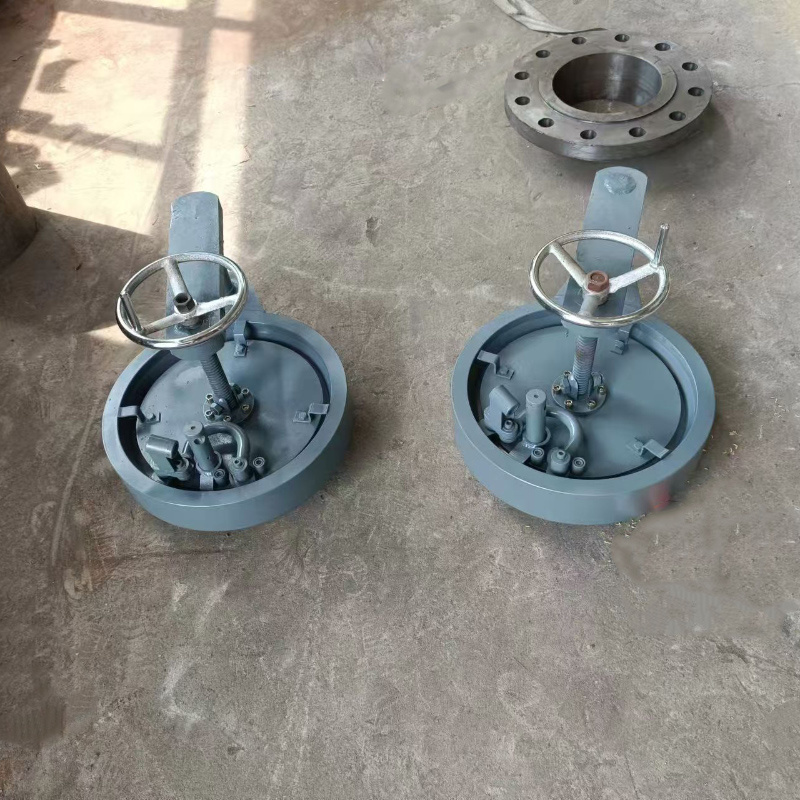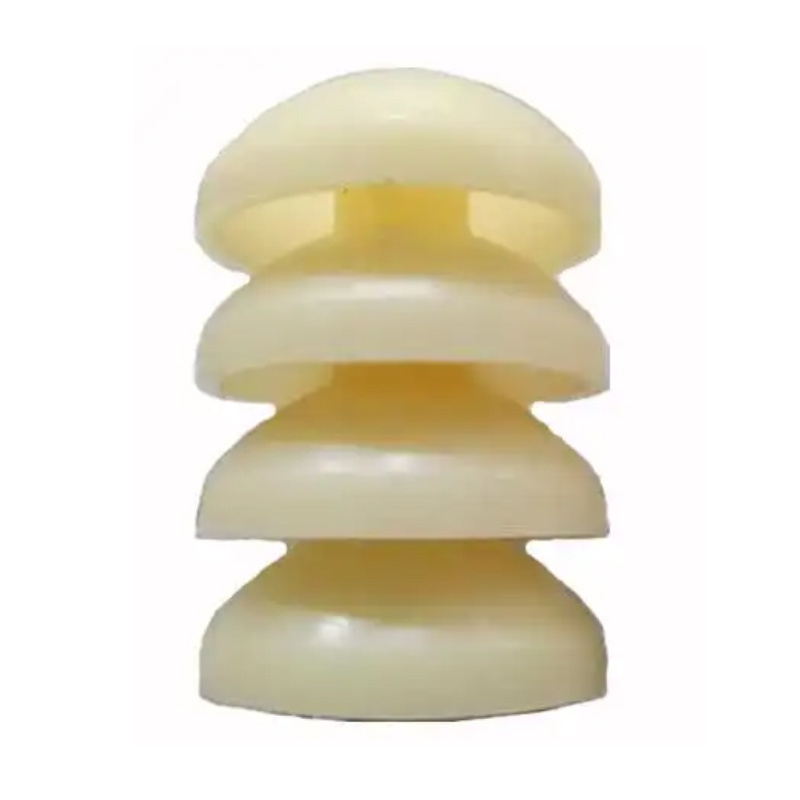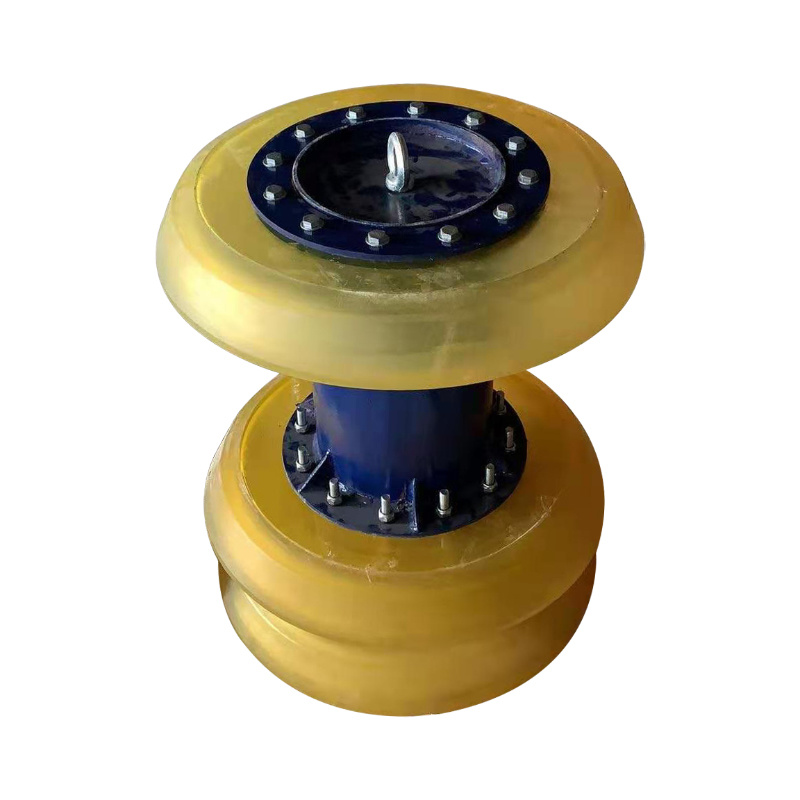Why Valveless Openings Are Essential for Effective Pipe Installation
Oct 15,2025

Why Valveless Openings Are Essential for Effective Pipe Installation
In the world of plumbing and pipe systems, the installation process can often be a daunting task. However, a crucial element that significantly impacts the efficiency and effectiveness of pipe installation is the use of valveless openings. This article explores the importance of valveless openings, their advantages, and how they are integral to successful pipe installation projects.
Understanding Valveless Openings
Valveless openings refer to an innovative approach in pipe systems that eliminates the need for traditional valves in specific contexts. This design choice not only simplifies the installation process but also enhances the overall functionality of the piping system. These openings allow for a free flow of liquids or gases without the restrictions typically imposed by valves.
The Design and Functionality of Valveless Openings
The design of valveless openings is centered around enhancing fluid dynamics. By removing valves, the flow path becomes less obstructed, resulting in smoother transitions and reduced turbulence. This streamlined approach is essential for applications that require consistent flow rates, such as in residential plumbing, industrial systems, and HVAC applications.
Material Considerations for Valveless Openings
When designing a piping system with valveless openings, the choice of materials is crucial. Common materials include:
- Polyvinyl Chloride (PVC): Known for its durability and resistance to corrosion, PVC is often used for valveless pipe applications.
- Polypropylene (PP): This material is lightweight and has excellent chemical resistance, making it suitable for various industries.
- Stainless Steel: For high-pressure applications, stainless steel provides robustness and longevity.
Benefits of Valveless Openings in Pipe Installation
The integration of valveless openings in pipe installation brings numerous benefits that can help streamline projects and improve overall efficiency.
1. Enhanced Flow Efficiency
One of the primary benefits of using valveless openings is the enhancement of flow efficiency. The absence of valves reduces friction and allows for a more consistent flow of fluids. This is particularly advantageous in systems where maintaining a steady flow rate is critical.
2. Reduced Maintenance Needs
Valves are often the first components to fail in a piping system, leading to leaks and system downtime. By opting for valveless openings, the potential for mechanical failure decreases significantly. This leads to lower maintenance costs and a reduction in the frequency of system checks.
3. Simplified Installation Process
Installing a pipe system with valveless openings is generally more straightforward than traditional systems. The elimination of valves reduces the number of components, which can lead to faster installations and fewer points of potential failure.
4. Space Optimization
In many installations, space is at a premium. Valveless openings require less room than systems with valves, making them ideal for tight spaces. This can be particularly beneficial in residential applications where accessibility is crucial.
5. Versatility Across Applications
Valveless openings are versatile and can be used in a wide range of applications, from irrigation systems to chemical processing. Their ability to handle different flow rates and pressures makes them suitable for both residential and industrial settings.
Key Considerations for Implementing Valveless Openings
While valveless openings offer numerous advantages, there are several important considerations to keep in mind when implementing this approach in pipe installation.
1. Pressure Ratings
Before installing valves, it’s vital to assess the pressure ratings of the piping materials being used. Ensure that the selected materials can withstand the pressures they will be subjected to during operation.
2. Flow Rate Requirements
Different applications have varying flow rate requirements. When designing a system with valveless openings, it’s essential to calculate the expected flow rates accurately to ensure optimal performance.
3. System Layout and Design
The layout and design of the piping system can significantly influence the effectiveness of valveless openings. Careful planning is required to ensure that the flow is directed appropriately and that there are no dead ends or bottlenecks.
Best Practices for Using Valveless Openings in Pipe Installation
Implementing valveless openings effectively requires adherence to best practices that can enhance performance and longevity.
1. Conduct Thorough Pre-Installation Planning
Before beginning the installation process, conduct a comprehensive assessment of the site and the intended application. Identify any potential obstacles and plan the layout accordingly.
2. Ensure Proper Alignment and Connections
Correct alignment of pipes is critical for maintaining flow efficiency. Make sure that connections are secure and that there are no gaps that could lead to leaks.
3. Regular Inspections and Monitoring
Even with the reduced maintenance needs of valveless openings, regular inspections should still be conducted to ensure optimal performance. Monitoring flow rates and pressure levels can help identify any potential issues before they become significant problems.
4. Educate All Stakeholders
Make sure that everyone involved in the installation process understands the importance of valveless openings and best practices for their implementation. This knowledge will help ensure that the installation is carried out correctly and efficiently.
Real-World Applications of Valveless Openings
Valveless openings are used across various industries, showcasing their versatility and effectiveness in different scenarios.
1. Residential Plumbing
In residential settings, valveless openings can improve the efficiency of home plumbing systems. They are especially useful in shower and faucet installations, where a steady flow is paramount.
2. Industrial Applications
Industries often utilize valveless openings in chemical processing plants where minimizing flow disruptions is critical. These systems can handle corrosive materials, allowing for safer and more efficient operations.
3. Agricultural Irrigation
In agriculture, valveless openings are instrumental in irrigation systems, promoting optimal water flow and distribution without the risk of valve-related blockages.
4. HVAC Systems
Valveless openings contribute to the efficient operation of HVAC systems by ensuring that airflow remains consistent, which is vital for maintaining comfortable indoor environments.
Frequently Asked Questions (FAQs)
1. What are valveless openings?
Valveless openings are sections of piping systems that do not use traditional valves, allowing for unhindered flow of liquids and gases.
2. Why are valveless openings important in pipe installation?
They enhance flow efficiency, reduce maintenance needs, simplify installation, and optimize space.
3. In which applications can I use valveless openings?
Valveless openings are versatile and can be used in residential plumbing, industrial applications, agricultural irrigation, and HVAC systems.
4. What materials are commonly used for valveless openings?
Common materials include PVC, polypropylene, and stainless steel, chosen for their durability and suitability to specific applications.
5. How can I ensure proper installation of valveless openings?
Conduct thorough pre-installation planning, ensure proper alignment and connections, and perform regular inspections and monitoring to optimize performance.
Conclusion
Valveless openings are essential for effective pipe installation, offering numerous advantages that make them a valuable choice for various applications. From enhancing flow efficiency to reducing maintenance needs, the benefits are clear. By understanding how to implement valveless openings effectively, industry professionals and DIY enthusiasts alike can improve their plumbing projects, leading to more reliable and efficient systems. As the demand for innovative solutions in plumbing and pipe systems continues to grow, embracing valveless openings will undoubtedly be a step in the right direction.
PREVIOUS:








